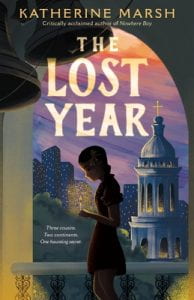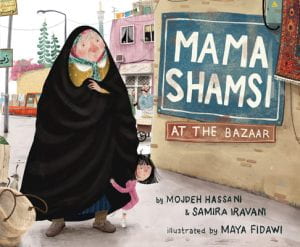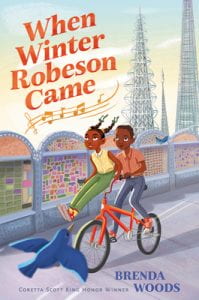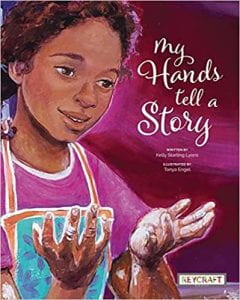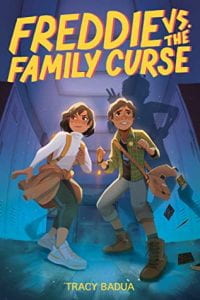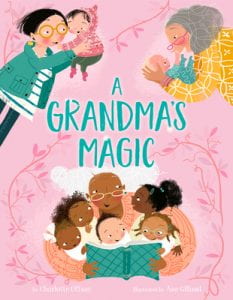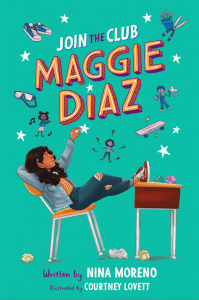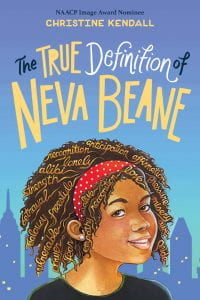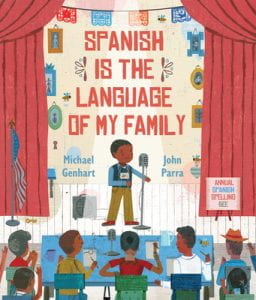 Genhart, Michael. Spanish is the Language of My Family. Illustrated by John Parra. Neal Porter Books. 978-0-823-45004-6. 36 p. $18.99. Grades K-3.
Genhart, Michael. Spanish is the Language of My Family. Illustrated by John Parra. Neal Porter Books. 978-0-823-45004-6. 36 p. $18.99. Grades K-3.
When Manolo’s school holds a Spanish-language spelling bee, he is the first in his class to sign up because Spanish is the language of his family. He already knows how to spell some Spanish words, but he turns to his Abuela for help preparing. They review the list of words together, and as she quizzes him, Abuela also shares stories about how school was a very different place when she attended as a little girl. She describes how students were not allowed to speak Spanish and how they were sent home, spanked, or had their mouths washed out with soap if teachers heard them speaking the language. Her stories inspire Manolo to study even harder, and on the day of the contest, his whole family is in the audience to cheer him on. He takes a deep breath and spells his first word correctly. More and more correct spellings follow, until only he and one classmate remain on the stage. His final word, “respeto” reminds him of the respect he has for his family’s language, and he spells the word correctly. Backmatter includes the letters and sounds of the Spanish alphabet. Also included is a note from the author that describes the inspiration for this story; information about the National Spanish Spelling Bee; a history of the prohibition of Spanish in schools during long periods of American history; and background information about El Dia de Los Ninos, or Children’s Day. This title was simultaneously published in Spanish as El espanol es la lengua de mi familia.
THOUGHTS: This intergenerational story celebrates being bilingual as a strength and a source of family pride. Short sentences and vibrant acrylic illustrations will hold students’ attention, making this title a good choice for a read-aloud, particularly at the end of April when Children’s Day is celebrated.
Picture Book

